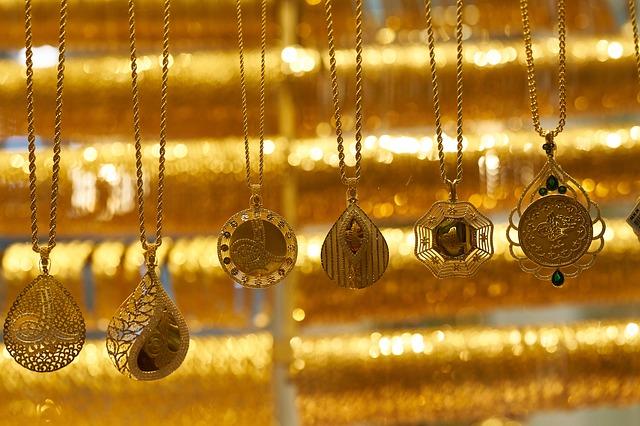Diamonds are not just sparkling gemstones; they are meticulously crafted pieces of natural beauty. The shape and cut of a diamond play a crucial role in its brilliance, fire, and overall appearance. Whether you’re looking to buy a diamond engagement ring or simply fascinated by these dazzling gems, understanding diamond shapes and cuts is essential.
Introduction to Diamond Shapes and Cuts
When we talk about diamond shapes, we’re referring to the silhouette or outline of the diamond when viewed from above. On the other hand, the cut of a diamond refers to its facets, proportions, and overall craftsmanship, which directly influence its sparkle and brilliance.
Popular Diamond Shapes
Diamonds come in various shapes, each with its own unique appeal and characteristics:
Round Brilliant
The round brilliant diamond is the most popular and classic shape, renowned for its exceptional brilliance and fire.
Princess
The princess-cut diamond features a square or rectangular shape with pointed corners, offering a modern yet timeless look.
Emerald
Emerald-cut diamonds have a rectangular shape with stepped facets, emphasizing clarity and elegance.
Oval
Oval diamonds are elongated with soft, rounded edges, providing a larger appearance than their carat weight suggests.
Marquise
Marquise-cut diamonds have an elongated shape with pointed ends, creating a flattering effect that elongates the finger.
Pear
Pear-shaped diamonds combine the brilliance of round diamonds with a unique teardrop shape, ideal for pendants and earrings.
Cushion
Cushion-cut diamonds have a square or rectangular shape with rounded corners, known for their vintage charm and sparkle.
Characteristics of Each Shape
Each diamond shape offers distinct characteristics in terms of brilliance, sparkle, and suitability for different jewelry settings. For instance, round diamonds maximize light return, while emerald cuts prioritize clarity.
Factors Influencing Diamond Shape Selection
Choosing the right diamond shape involves considering personal style preferences, finger shape and size, as well as cultural trends. Round diamonds are timeless and versatile, while fancy shapes like pear or marquise can be more distinctive.
Understanding Diamond Cuts
While shape refers to the diamond’s outline, cut refers to its facets and proportions. A well-cut diamond reflects light from one facet to another and projects it through the top of the stone, creating sparkle and brilliance.
Types of Diamond Cuts
Diamond cuts are categorized based on their precision and craftsmanship:
Ideal Cut
Ideal-cut diamonds are crafted to precise proportions to maximize brilliance and fire.
Very Good Cut
Very good-cut diamonds reflect most of the light that enters them, lab diamonds, producing superior sparkle.
Good Cut
Good-cut diamonds reflect a majority of the light that enters, offering good sparkle with slightly less brilliance than very good cuts.
Fair Cut
Fair-cut diamonds provide acceptable sparkle but may appear dull in comparison to higher-cut grades.
Poor Cut
Poor-cut diamonds lose much of the light out of the sides and bottom, resulting in reduced brilliance.
Comparing Cut Quality
The quality of a diamond’s cut is determined by its proportions, symmetry, and polish. Diamonds with precise proportions and well-balanced facets maximize light performance and sparkle.
Choosing the Right Diamond Cut
When selecting a diamond cut, consider the occasion, personal preferences, and budget. Round and princess cuts are popular for engagement rings, while fancy cuts like emerald or cushion may appeal for other jewelry types.
History and Evolution of Diamond Cuts
Diamond cutting has evolved significantly over centuries, from early rudimentary techniques to advanced modern methods that optimize brilliance and light performance.
Cultural Significance of Diamond Shapes
Different cultures attach symbolic meanings to diamond shapes. For example, the round brilliant cut symbolizes eternity and perfection in Western cultures, while the emerald cut is favored for its sophistication.
Emerging Trends in Diamond Shapes
New diamond cuts periodically gain popularity, influenced by trends in fashion, celebrity endorsements, and innovative jewelry designs. Unique shapes like the heart or radiant cut are increasingly sought after for their distinctiveness.
Customization and Personalization
Many jewelers offer custom-cut diamonds and bespoke jewelry services, allowing customers to create unique pieces tailored to their preferences and style.
Care and Maintenance Tips
To preserve the brilliance of your diamond, clean it regularly using mild soap and a soft brush. Store diamonds separately to avoid scratching and damage.
Conclusion
Diamond shapes and cuts play a pivotal role in the beauty and allure of diamond jewelry. Whether you prefer the classic brilliance of a round diamond or the unique elegance of a pear shape, understanding these aspects will help you make an informed decision when choosing your next diamond piece.




